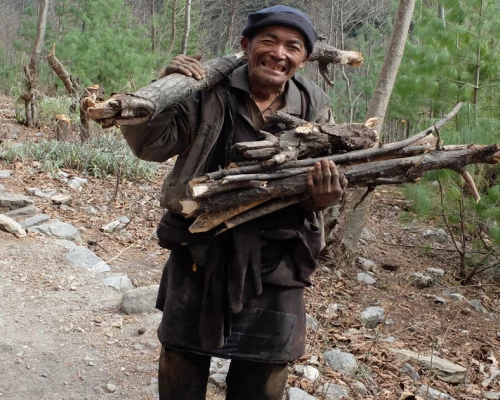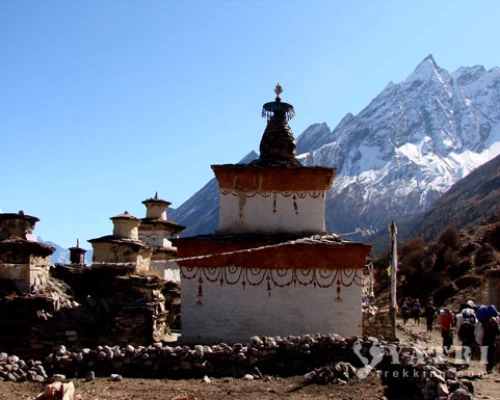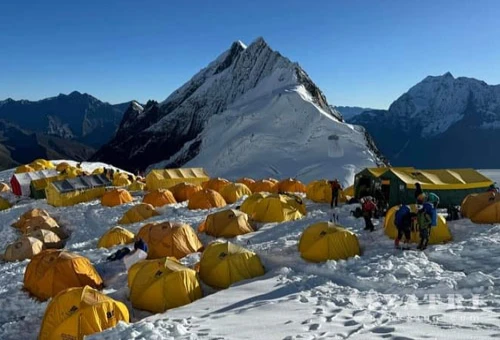Magnificent great Himalayan massif from Manaslu to Annapurna trek
The great traverse trek from Manaslu to Annapurna through the upper route of ancestral Gurung villages of Barpak and Laprak. These villages are also known for being the epicenter of the massive earthquake of 2015. Other Gurung villages along the route include Singla and Khorla, where you can immerse yourself in the local culture and interact with the friendly villagers with warm hospitality experiences. The trek begins at Barpak and you will join the classic Manaslu circuit route, at Khorla besi thereafter following the Budigandaki valley up to its source at Larkey La pass.
As your journey follows the Budigadanki River up to its source of the Tibet border, you'll encounter the warm hospitality of the Gurung and Tibetan communities, each with their distinct traditions and ways of life. The villages are adorned with prayer flags, ancient monasteries, and traditional homes, providing a glimpse into the rich and fascinating cultures. The mostly people of the low land of Manaslu Annapurna region practice Hinduism and the upper area of both regions peoples practice the blend of Buddhist cultural and spiritual odyssey as well. Following the Annapurna circuit is one of the best trekking destinations in the world. Although the road infrastructure is quite threatening, its natural beauty and high Himalayan glaciers are the gem that makes the journey once-in-a-lifetime experience.








